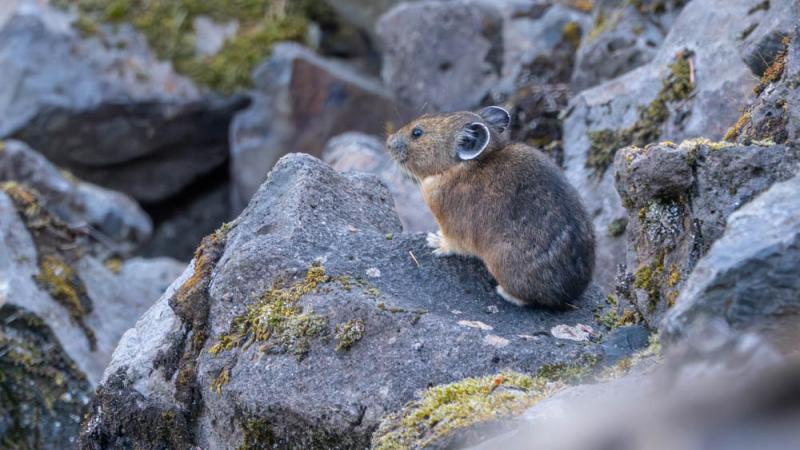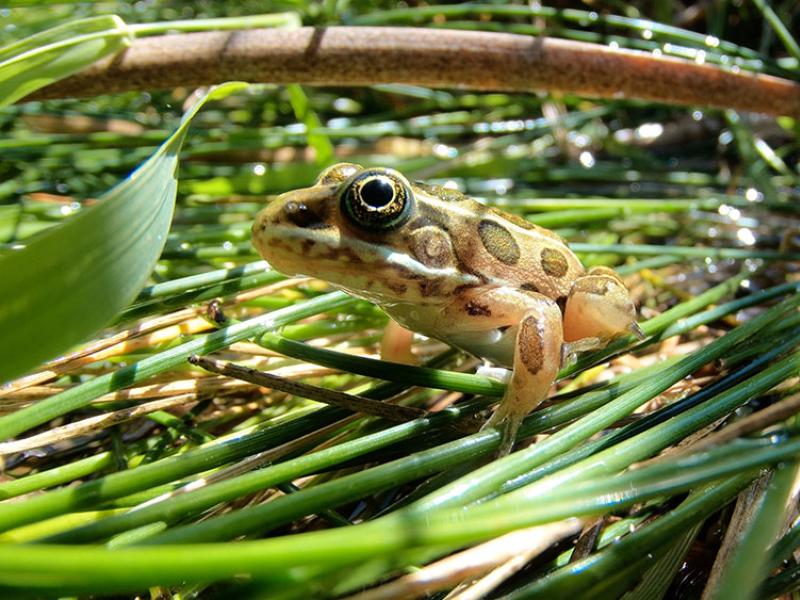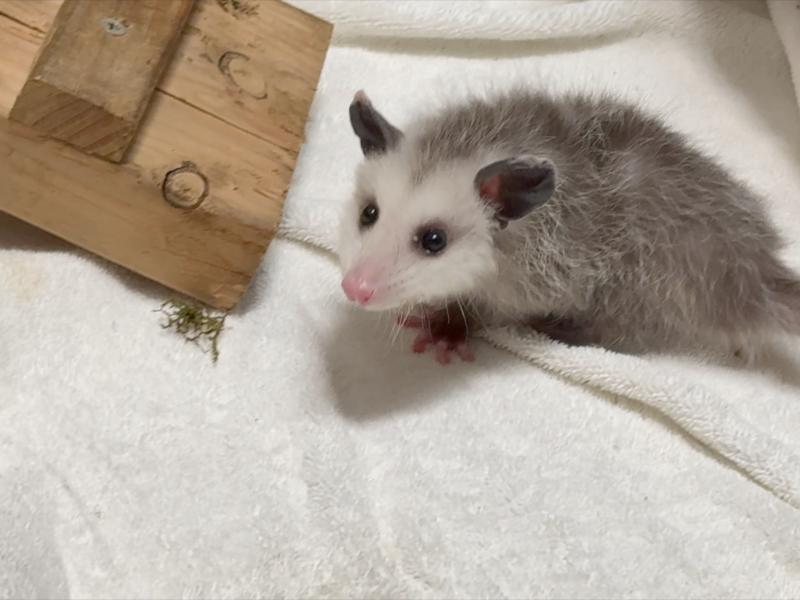Zoo seeks pika watchers for summer season

Program returns with science, hiking and cuteness in the Columbia River Gorge
Looking to connect with something adorable this summer? The Oregon Zoo is recruiting volunteers to seek out one of the Columbia River Gorge’s fluffiest residents: the American pika.
Cascades Pika Watch is a collaboration between organizations and volunteers convened by the zoo to locate and map pika populations. On May 9, 10 and 11, the zoo is offering free crash courses on how to identify pikas and participate in the project.
Pikas are potato-sized members of the rabbit family, known for their squeak-toy alarm calls frequently heard among the rocky slopes of the Columbia River Gorge.
“Pikas are easily identifiable, they live in beautiful places where people love to hike, and their charm level is off the charts, so they’re really an ideal species for participatory science,” said Cascades Pika Watch scientific advisor Dr. Johanna Varner. “They're also listed as a sensitive species by the state of Oregon, which is why we need a better understanding of how their populations and habitat could be changing.”
Pikas’ particular habitat and temperature requirements may make them especially vulnerable to a warming climate — and especially interesting to biologists studying the effects of climate change. Pika Watch volunteers helped document the Gorge population’s recovery following the 2017 Eagle Creek fire, and they’re eager to learn more.
This year, volunteers will begin monitoring sites at the edges of the pika’s core habitat, where the Gorge passes into the dry, eastern rain-shadow of the Cascades. The data could provide an early warning of changes that may occur elsewhere, allowing land managers to take action before widespread declines occur.
“Data from Cascades Pika Watch is helping us better understand the unique ecosystem in the Gorge, and it’s been amazing to see the positive impact it’s had on both people and pikas,” said Varner. “It’s open to anyone, and it’s a perfect opportunity to get outdoors and make a meaningful contribution to conservation science.”
Cascades Pika Watch volunteers conduct regular surveys to track pika presence across the region. Sites are accessed via public hiking trails, and no special skills are required. Volunteers have the option to receive in-person or virtual training on how to identify pikas in the field. They then choose survey sites, where they scan boulders for signs of movement while listening for the pika’s signature squeaks.
More News

A leap forward: Endangered frogs hit survival milestone
For the first time, zoo-reared northern leopard frogs survived a winter in the wild at the Columbia National Wildlife Refuge.June 12, 2025

Tiny Endangered Turtle Hatchlings Arrive At Zoo
Seventeen northwestern pond turtle hatchlings, each about the size of a walnut, are making themshellves at home at the Oregon Zoo this summer.June 4, 2025

Awesome opossum! Orphaned baby finds new home at zoo
A tiny opossum found wandering earlier this month has made his way to a new home at the Oregon Zoo.May 28, 2025

